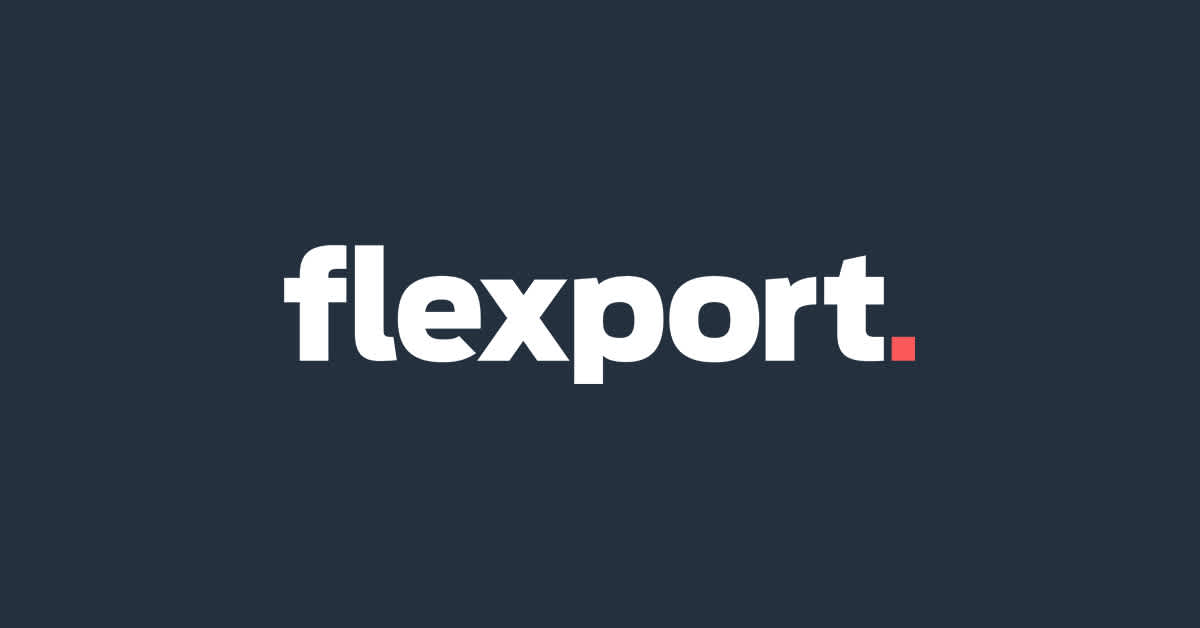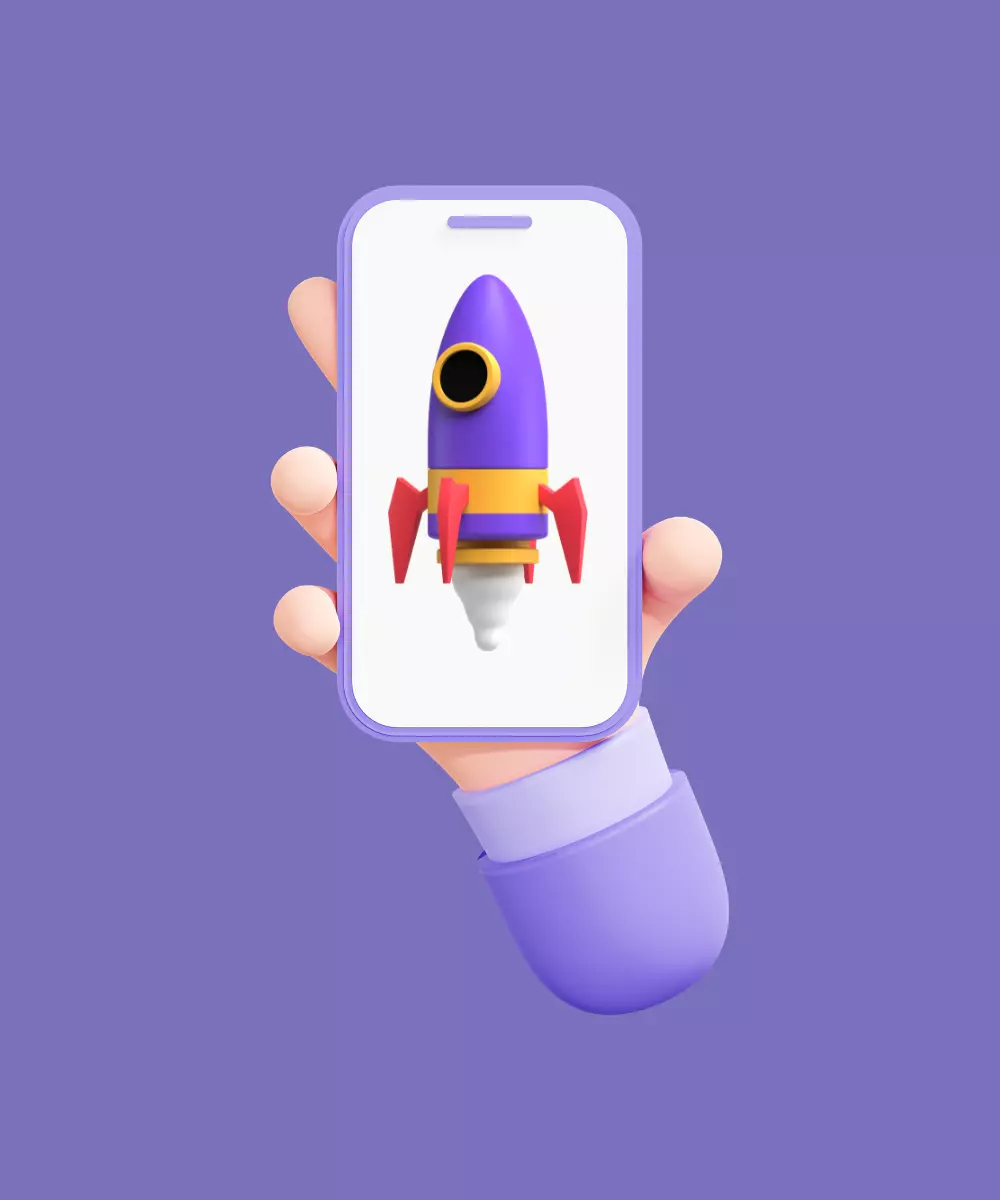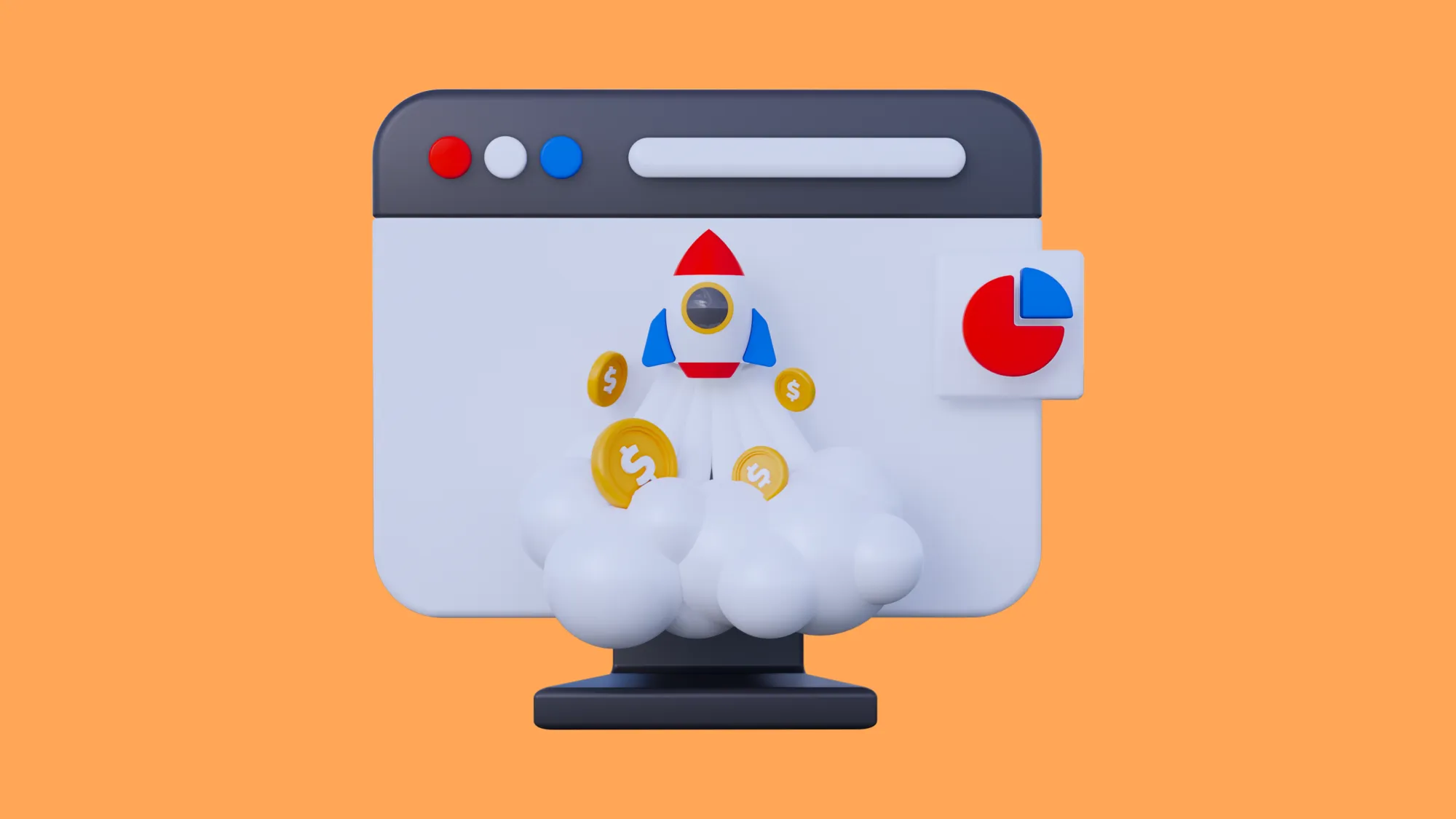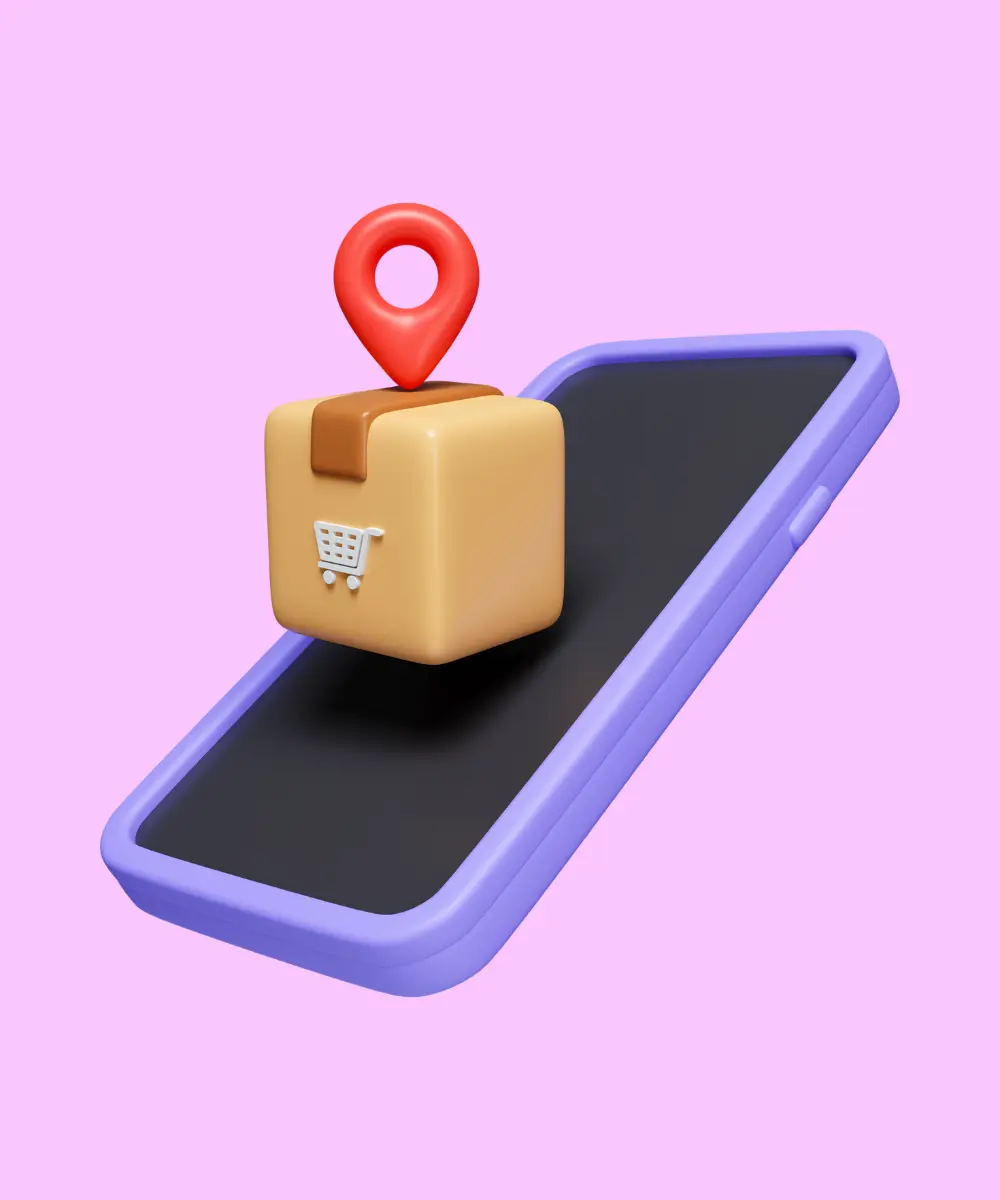Introduction
Logistics remains at the heart of global commerce, driving efficiency, and connectivity across continents. With the digital transformation accelerating, businesses are increasingly turning to logistics app development to streamline operations, enhance customer experience, and stay competitive.
This guide from experts at What the Flutter aims to delve deep into the realm of logistics app development, exploring current trends, the variety of logistics apps, essential features, development processes, and cost considerations. Designed for business leaders, IT professionals, and entrepreneurs, this overview offers insights into exploring the power of creating innovative logistics solutions that meet the demands of the modern supply chain.
Trends Shaping the Logistics App Development in 2024
- AI and ML: The integration of AI and Machine Learning in logistics apps is no longer a novelty but a necessity. These technologies empower route optimization, demand forecasting, and predictive maintenance, thereby enhancing operational efficiencies and reducing costs.
- Blockchain for transparency and security: Blockchain technology is revolutionizing logistics apps by ensuring unparalleled transparency, security, and traceability in the supply chain, mitigating risks associated with counterfeit goods, and enhancing customer trust.
- Sustainability and eco-friendly logistics: As global awareness and regulations around sustainability grow, logistics apps are increasingly incorporating features that promote eco-friendly practices, such as route optimization for reduced fuel consumption and carbon footprint tracking.
- Rise of autonomous vehicles and drones: The deployment of autonomous vehicles and drones for delivery is transforming last-mile logistics, promising faster, cost-effective, and contactless delivery options, particularly in urban and hard-to-reach areas.
- Expansion of e-commerce: The e-commerce boom continues to influence logistics significantly, with apps needing to support faster, more reliable delivery models. This surge demands logistics apps to offer robust tracking, efficient route planning, and seamless integration with e-commerce platforms.
Types of Logistics Apps
Speaking about the types of logistics apps, it’s essential to delve deeper into the variety that caters to the intricate needs of the logistics and supply chain sector.
Fleet management apps
These apps provide real-time visibility into fleet operations, enabling businesses to monitor vehicle locations, fuel consumption, and maintenance schedules. They help in optimizing fleet usage, improving safety, and reducing operational costs.
Example: Fleetio

Fleetio goes beyond simple tracking, offering features like maintenance alerts, fuel tracking, and driver safety monitoring, making it a comprehensive tool for fleet managers aiming to enhance efficiency and reduce overhead.
Warehouse management apps
Warehouse management apps streamline operations within warehouses, including inventory tracking, order processing, and space optimization. They improve accuracy in order fulfillment, reduce waste, and enhance inventory control.
Example: Oracle NetSuite

Oracle NetSuite stands out for its ability to integrate warehouse management with broader business systems such as financials, CRM, and e-commerce platforms. This integration provides businesses with a unified view of their operations, enhancing decision-making and operational efficiency. Its scalability and flexibility make it suitable for a wide range of industries, from retail and manufacturing to wholesale distribution.
Third-party logistics (3PL) apps
3PL apps connect businesses needing logistics services with third-party providers, offering a range of services from transportation and warehousing to distribution and fulfillment. They facilitate scalability and flexibility in logistics operations.
Example: Flexport

Flexport combines powerful software with logistics services to offer a transparent, efficient, and manageable shipping experience, helping businesses navigate the complexities of global trade.
Last-mile delivery apps
Focused on the final delivery phase, these apps optimize route planning, provide real-time delivery tracking, and manage customer communication. They are key to enhancing customer satisfaction with timely and reliable deliveries.
Example: Onfleet

Onfleet specializes in optimizing the last-mile delivery process, offering detailed analytics and predictive ETAs to ensure deliveries are efficient and customers are well-informed.
Supply chain management (SCM) apps
SCM apps offer a comprehensive approach to managing and optimizing the supply chain, from raw material procurement to product delivery. They enhance collaboration, improve demand forecasting, and reduce supply chain disruptions.
Example: SAP SCM
SAP SCM provides extensive functionality across the supply chain, enabling businesses to anticipate demand, plan supply, and execute efficiently, ensuring smooth operations and high customer satisfaction.
Freight brokerage apps
These apps connect shippers with carriers, facilitating the efficient transport of goods. They streamline the booking process, offer competitive pricing, and provide tracking capabilities for shipments.
Example: Convoy

Convoy leverages technology to make freight matching and bidding seamless, promoting a more efficient and sustainable freight industry by reducing empty miles and optimizing load capacity.
Inventory management apps
Inventory management apps help businesses track stock levels, manage orders, and forecast demand. They are crucial for maintaining optimal inventory levels, reducing stockouts or overstock, and improving order management.
Example: Zoho Inventory

Zoho Inventory supports multi-channel selling and integrates with various e-commerce platforms, enabling businesses to manage their inventory efficiently across different sales channels and streamline their order fulfillment processes.
These types of logistics apps play pivotal roles in different areas of the logistics and supply chain operations, each addressing specific challenges and offering solutions to improve efficiency, transparency, and customer satisfaction.
Key Features to Add in Logistics App
We've collected the list of key features which will address the operational needs of logistics companies and enhance the overall experience for their customers.
- Real-time tracking and notifications: This feature is non-negotiable in logistics apps, enabling users to monitor shipments in real-time. Enhanced with detailed maps and estimated time of arrival (ETA) updates, it not only improves transparency but also allows for better planning and management of shipments. Push notifications serve to keep all parties informed about the status changes or important alerts regarding their deliveries.
- Route optimization: Incorporating advanced algorithms, this feature analyzes various factors such as traffic conditions, delivery windows, and vehicle capacity to suggest the most efficient routes. This not only reduces fuel consumption and delivery times but also helps in increasing the number of deliveries per trip, significantly impacting operational efficiency.
- Inventory management: Effective inventory management is crucial for avoiding overstocking or stockouts. Features like barcode scanning, real-time stock levels, automated reordering based on predefined thresholds, and integration with warehouse management systems ensure that inventory is accurately tracked and managed.
- Electronic documentation: The digitization of paperwork facilitates faster processing of shipments, reducing manual errors and enhancing efficiency. This includes features for electronic bills of lading (eBL), invoices, proof of delivery (POD), and customs documentation. Secure sharing and storage of these documents streamline operations and compliance with regulatory requirements.
- Customer portal: A dedicated portal for customers where they can place orders, track shipments, manage returns, and access invoices and payment history enhances customer satisfaction. This portal should be intuitive and provide a seamless user experience, encouraging customers to engage more deeply with your services.
- Driver management: This feature focuses on the human element of logistics - the drivers. It includes managing schedules, tracking driver locations, monitoring performance, and facilitating communication between drivers and dispatchers. Ensuring drivers are well-informed and efficiently managed leads to smoother operations and enhanced service delivery.
- Analytics and reporting: Data-driven decision-making is pivotal in logistics. Features that provide analytics on delivery times, customer satisfaction, driver performance, and vehicle efficiency can help logistics companies identify areas for improvement. Customizable reports on operational metrics allow for ongoing optimization of logistics processes.
- Integration capabilities: Logistics apps should be able to integrate seamlessly with other systems such as ERP, CRM, and e-commerce platforms. This interoperability ensures that data flows smoothly across systems, enhancing the efficiency of operations and providing a unified view of the business processes.
- Sustainability features: As the focus on environmental impact grows, features that support sustainability in logistics operations are becoming increasingly important. This can include optimization algorithms that reduce fuel consumption, features for measuring carbon footprint, and options for customers to choose eco-friendly delivery methods.
How To Create a Logistics App?
Creating a logistics app involves meticulous planning and execution across several phases. Below we will provide you with our development approach, highlighting key actions within each step to streamline the development process and ensure the success of your logistics app.
Define your niche and target audience
- Conduct comprehensive market research: Use surveys, interviews, and an analysis of competitors to identify gaps and opportunities in the logistics market.
- Identify specific pain points: Pinpoint the challenges and inefficiencies your app aims to solve within the logistics sector.
- Define your target audience: Clearly delineate who will benefit most from your app, whether it’s logistics companies, warehouse operators, drivers, or end consumers.
Select the right tech stack
- Assess cross-platform tools: Evaluate the benefits of using a cross-platform framework like Flutter to ensure consistency across iOS and Android.
- Consider scalability and performance: Choose technologies that support scaling and high performance, keeping future growth in mind.
- Future-proof your tech stack: Look ahead to integrate emerging technologies such as AI, IoT, or blockchain, ensuring your app stays relevant.
Focus on UI/UX design

- Map out user journeys: Develop clear user personas and journey maps to understand and design for the user’s experience from start to finish.
- Prioritize intuitive design: Ensure the app’s interface is user-friendly, with easy navigation and quick access to the most important features.
- Test design concepts: Validate your UI/UX designs through user testing sessions, gathering feedback to refine and improve the design before and during development.
Develop, test, and iterate

- Adopt agile development practices: Implement an agile framework to allow for flexibility, continuous improvement, and adaptation based on user feedback.
- Launch an MVP: Start with a minimum viable product that includes core functionalities to solve the identified pain points, allowing for early testing and feedback.
- Iterate based on feedback: Use feedback from your MVP launch to refine and expand your app’s features, focusing on what users value most.
Launch and scale your app

- Plan your launch strategy: Develop a comprehensive launch plan that includes marketing to your target audience and preparing for user support.
- Monitor performance and user feedback: Utilize analytics tools to track app usage and gather user feedback for continuous improvement.
- Scale strategically: As your user base grows, scale your app by expanding its capabilities, improving performance, and possibly entering new markets or niches within logistics.
The approach described ensures that from identifying your audience to scaling your app, you're taking deliberate steps to create a logistics app that truly meets the needs of your users and stands out in the competitive logistics and supply chain market.
How Much Does It Cost to Create Logistics App?

Let's explore the cost implications from the perspective of three different app complexities—basic, medium, and advanced—outlining the timeline, budget, and key features of each.
Basic logistics app
Timeline: 2-4 months.
Budget: $10,000 - $20,000.
Key features:
- Real-time tracking of deliveries
- Basic route optimization
- Manual entry of inventory and orders
- Simple reporting and analytics dashboard
- User registration and profile management
- Notification system for updates and alerts
A basic logistics app is designed for startups or small businesses looking to digitalize their operations without a significant initial investment. The focus is on core functionalities to streamline operations, with a straightforward user interface. Development costs are lower due to the limited scope of features and less complexity in integration. The shorter development timeline allows businesses to quickly deploy and start benefiting from their investment.
Medium logistics app
Timeline: 4-6 months.
Budget: $20,000 - $40,000.
Key features:
- All features of a basic app
- Advanced route optimization considering traffic, weather, and other variables
- Automated inventory management with alerts for low stock
- Integration with existing CRM and ERP systems
- Enhanced security features, including data encryption and secure access controls
- Customer portal for order tracking and management
- Basic AI-driven analytics for forecasting and optimization
A medium complexity app caters to businesses ready to invest more for additional functionalities and integrations that offer greater efficiency and a better user experience. The development process involves more sophisticated technologies, including AI and machine learning for analytics and optimization, thus requiring a larger budget and a longer timeline. This type of app is suitable for businesses looking to scale operations and enhance customer engagement through more personalized and interactive features.
Advanced logistics app
Timeline: 6-8 months or more.
Budget: $40,000 - $60,000 or more.
Key features:
- All features of moderate complexity apps
- Dynamic and predictive analytics powered by AI and machine learning
- Comprehensive inventory and warehouse management systems
- Advanced integration capabilities with IoT devices for real-time monitoring and management
- Customizable and dynamic reporting tools
- Full automation of order processing and fulfillment processes
- Robust multi-language support for global operations
- High-level security features, including biometric access and blockchain for data integrity
Advanced logistics apps are designed for large enterprises or rapidly growing businesses that require a wide range of features and high levels of customization and integration. The development of such apps involves extensive research and development, including custom-built solutions and the use of cutting-edge technologies like IoT and blockchain. The significant investment in terms of budget and time is justified by the substantial improvements in operational efficiency, scalability, and customer satisfaction. These apps often become central to the company’s operations and can provide a competitive edge in the market.
Regardless of the complexity, investing in a logistics app can significantly enhance operational efficiencies, improve customer satisfaction, and drive growth, making it a worthwhile investment for businesses in the logistics and supply chain sector.
Conclusion
Developing a logistics app in today's competitive and technology-driven environment requires a deep understanding of the industry, a focus on current trends, and a commitment to leveraging the best technologies. Flutter emerges as a powerful framework for building logistics apps, offering flexibility, efficiency, and a seamless user experience. As we look towards the future, the continued evolution of technology promises to open new horizons for logistics apps, making this an exciting time for developers and businesses alike to explore new opportunities in the logistics sector.
If you're looking to develop a cutting-edge logistics app, partnering with What the Flutter offers you expertise in Flutter development, ensuring your app is not just a part of the market but a leader in innovation. Contact us today to embark on your journey to logistics app development excellence, where technology meets practicality for transformative business solutions.
















